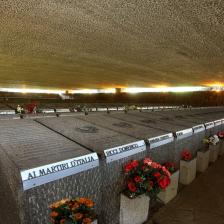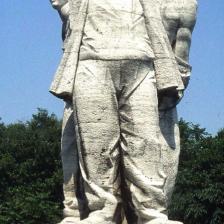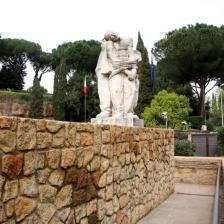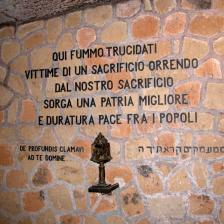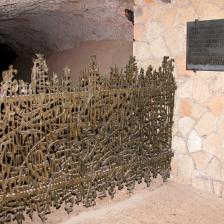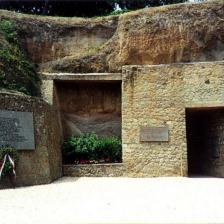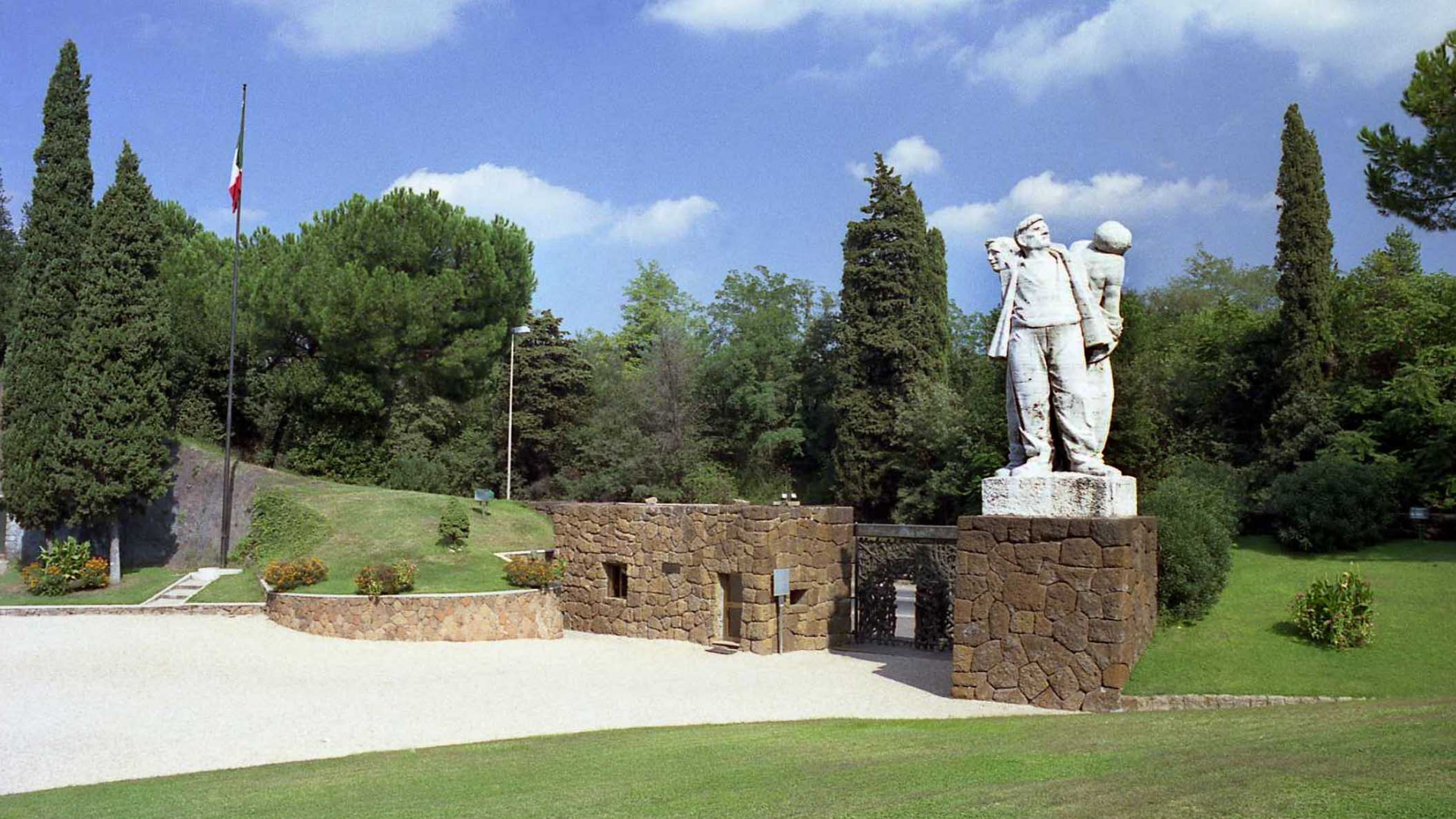
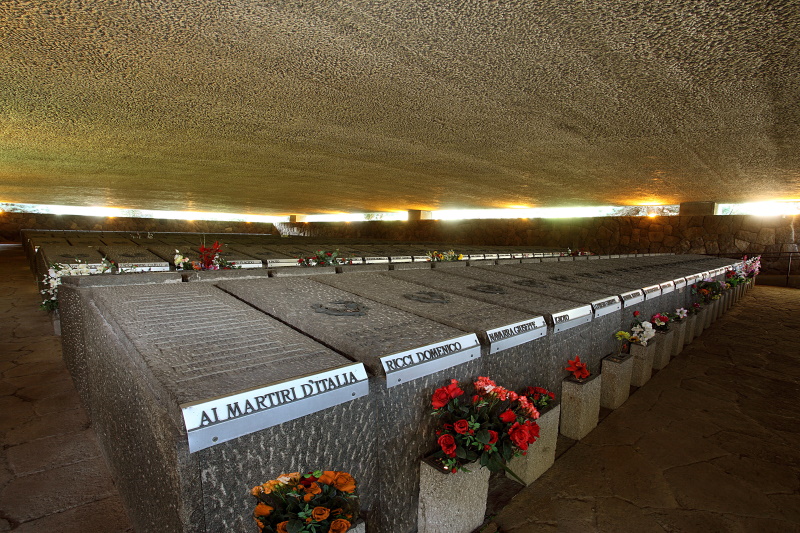
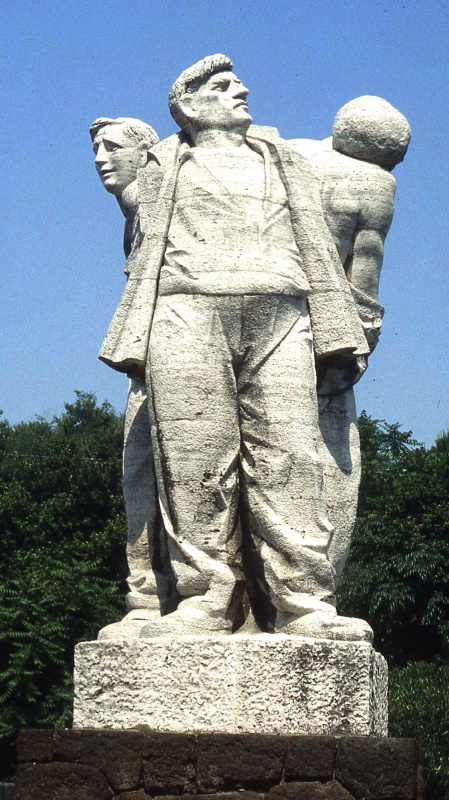
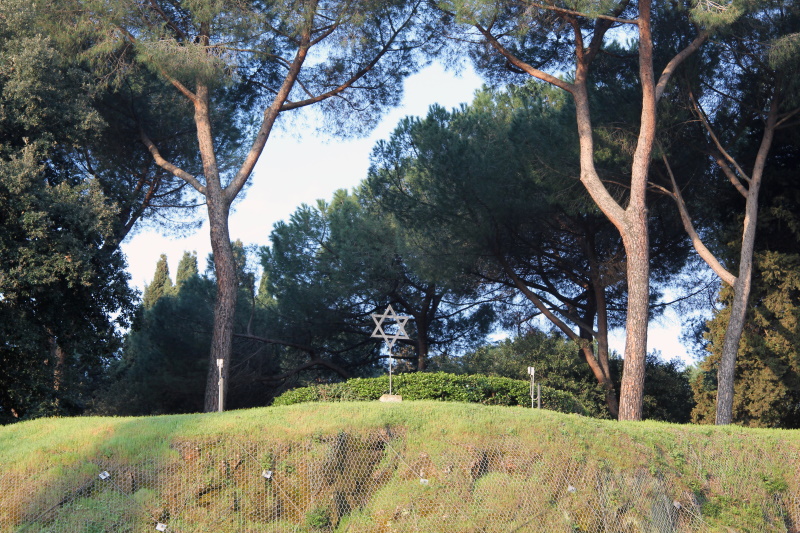
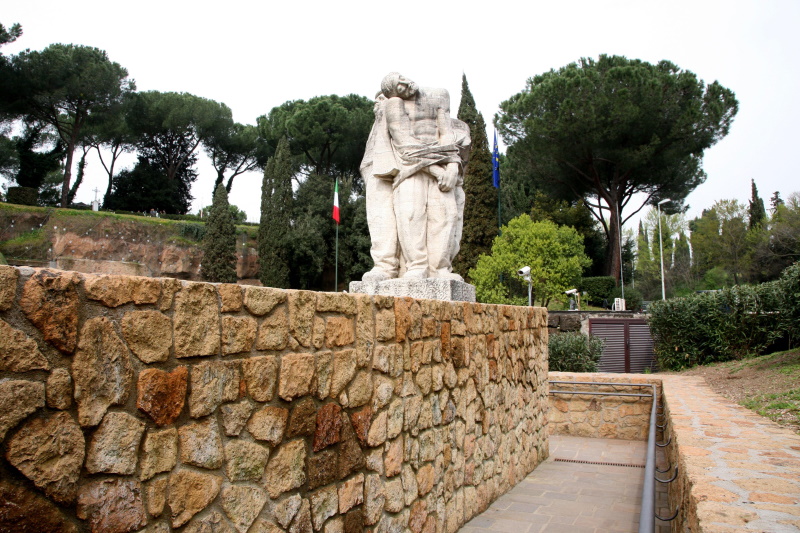
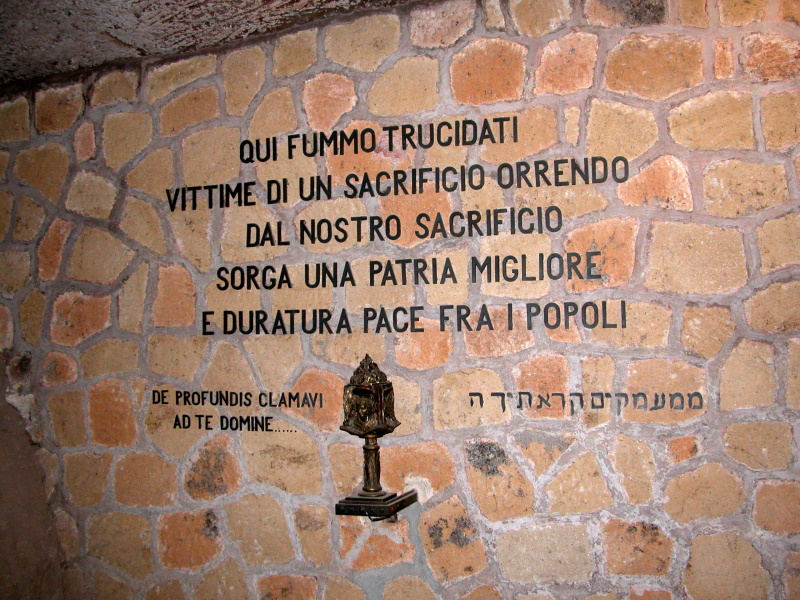
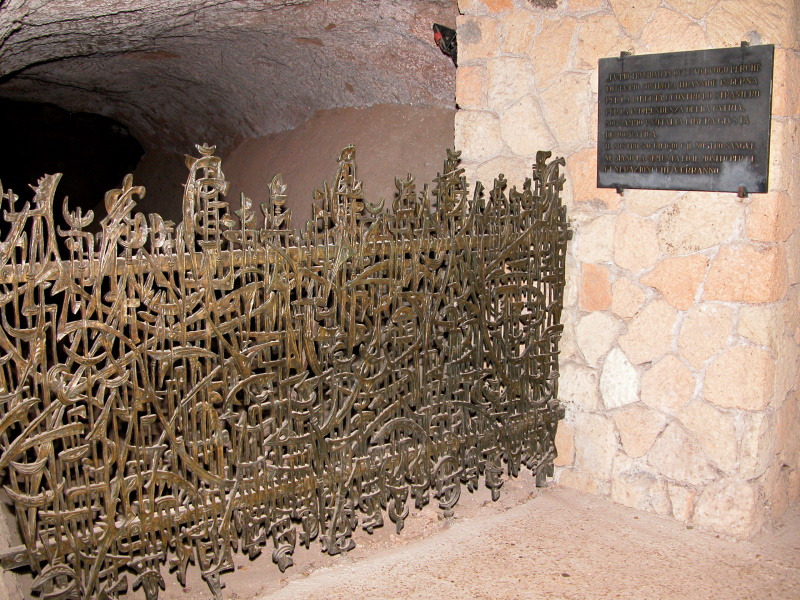
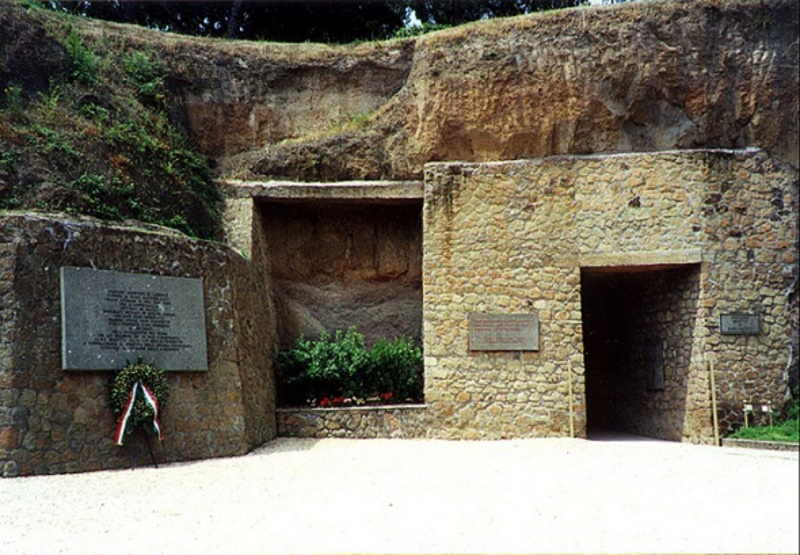
On 23 March 1944, a group of partisans killed 33 Nazi soldiers and wounded 38 in war action in Via Rasella in Rome. For each German soldier killed, ten Italians would be slaughtered. That was the Nazi response. Three hundred and thirty-five men were randomly chosen by the German occupation troops among political prisoners from the Via Tasso prison, Jews, and civilians. The victims were then thrown into the old pozzolana quarries near Via Ardeatina, later blown up on Kappler's orders to conceal the carnage.
The religious who were nearby as guides to the catacombs heard the movements of vehicles and the subsequent explosions. At night, the friars entered the caves and discovered the bodies.
The post-liberation government decided to "erect on the site of the German revenge a monument in perpetual memory of the Martyrs and all the fallen of the War of Liberation." to commemorate the tragic event and offer proper burial to the martyrs.
In September 1944, the City of Rome held the first competition in democratic Italy to construct a mausoleum. It had to be the symbol of the Resistance to the violence of the Reich.
The winners, the architects Giuseppe Perugini, Nello Aprile, and Mario Fiorentini, designed a simple hollow concrete parallelepiped to protect the martyrs' shrines placed above ground but in close connection with the site of the massacre.
The construction of the shrine, located a few steps from the Appian Way, began on 22 November 1947. In 1949, the Mausoleum was solemnly inaugurated on the fifth anniversary of the carnage. Since then, every 24 March, the event is commemorated in the presence of authorities, partisan associations and deportees, students, and ordinary citizens, while the names of the 335 victims are declaimed.
The evocative gate that leads to the site is the work of the sculptor and painter Mirko Basaldella. The sense it assumes is highly symbolic of a scene of brutal massacre outlined by the desperately twisted figures represented there.
The imposing travertine sculptural group placed on the square is the work of the artist Francesco Coccia and represents three characters symbolizing the three ages. The portrayed bodies oriented respectively towards the quarries, the place of the burials, and the square, indicate the path to the visitor.
The movie Rome, Open City, the poignant masterpiece directed by Roberto Rossellini in 1945, starring Anna Magnani and Aldo Fabrizi recalls those tragic events. Aldo Fabrizi is Don Pietro, a figure who recalls the two religious, Don Giuseppe Morosini, shot at Forte Bravetta, and Don Pietro Pappagallo, killed in the Fosse Ardeatine. Anna Magnani is Pina, the pregnant wife of Fabrizio, one of the prisoners taken to the Fosse Ardeatine. To try to save him, she chases the truck on which her husband is but a burst of machine gunfire kills her.
The Appian Way
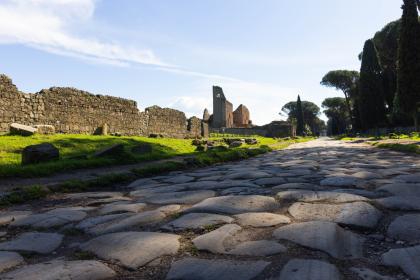
 Condividi
Condividi
The Catacombs of Saint Callistus
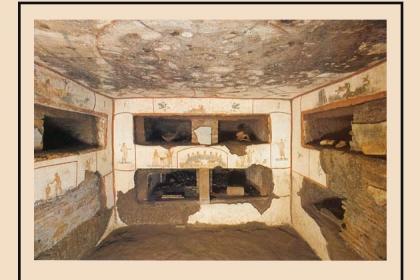
 Condividi
Condividi
Catacombs of Domitilla
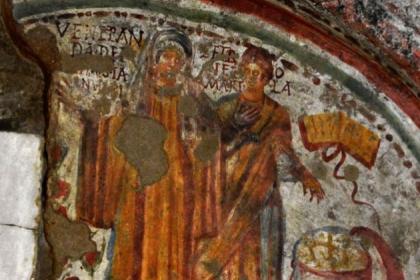
 Condividi
Condividi
Information
For opening times consult the official website.
For information about guided tours to the Mausoleum of the Fosse Ardeatine organized by ANFIM and reservations:
info@mausoleofosseardeatine.it - tel. 06 6795629
 Condividi
Condividi
Location
To find out about all accessibility services, visit the Rome accessible section.












































